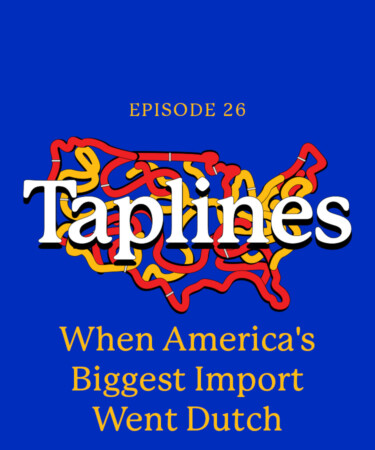Heineken’s long standing dominance as the top-selling import in post-Prohibition America was, in large part, thanks to the efforts of a U.S. importer, New York’s Van Munching and Company. Last week, we sat down with former company executive Philip Van Munching to recount the “yuppie-fication” of the Dutch lager as it rose to “affordable luxury” status among the likes of Häagen-Dazs ice cream and Evian water. But by the end of the ‘80s, the Dutch brewer had decided it wanted to bring its stateside operations in-house, buying out Van Munching and kicking off an era marked by arbitrary brand restructuring and half-baked marketing campaigns.
As an outsider to the ways of the American beer market, arguably the biggest mistake Heineken’s U.S. import team made was trying to establish synergy across the beer’s various global markets. In some countries, Heineken was the rough equivalent of Budweiser, but in the American market, Heineken was a step above its macro brew brethren in quality. Thus, a struggle ensued as the brand floundered to redefine a beer that needed no redefining.
Today on “Taplines” Dave Infante is rejoined by Philip Van Munching, who had front-row seats to the Heineken brand’s corporate handoff and watched in dismay as the new bigwigs ignored the desires of their target markets and embarked on a Heineken offshoot spree. We’re talking Amstel Light, Heineken Light, and agida aplenty. The real kicker came when the importer changed its name to Heineken USA, diminishing Heineken’s foreign allure that the Van Munchings had worked so hard to build up. All the while, Corona was lurking in the shadows, poised to take the beer import throne. Tune in for more.
